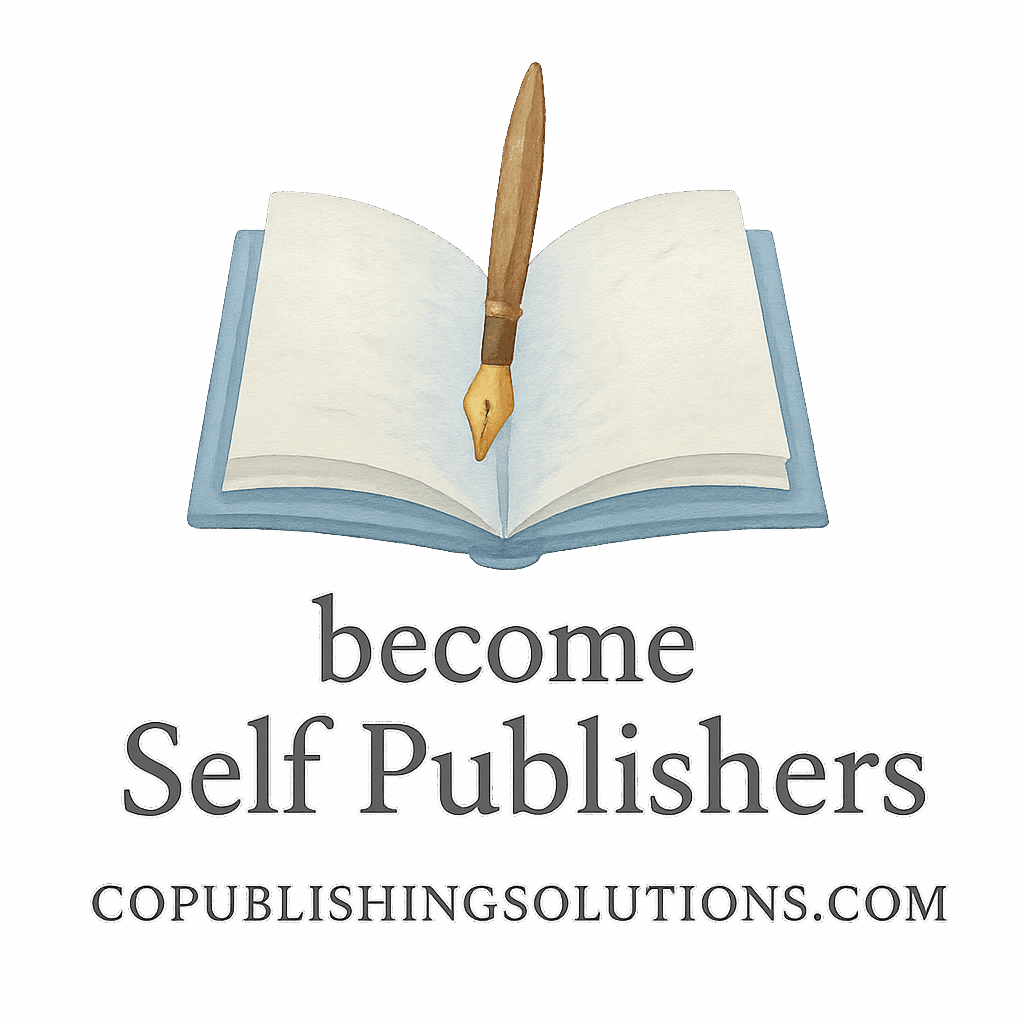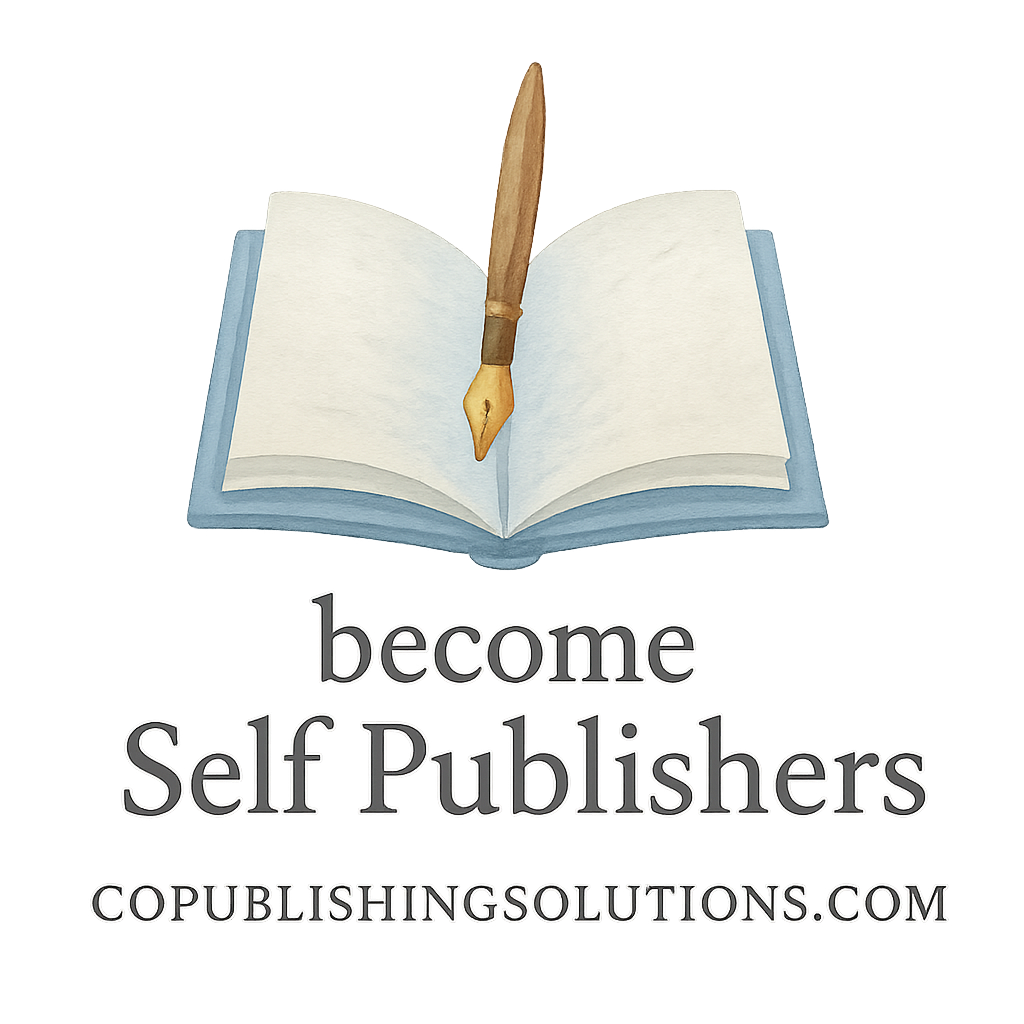Why Your Publishing Brand Matters More Than Ever
You’re not just an author anymore. In today’s self-publishing world, you’re a brand. And your brand is what readers remember. It’s what keeps them coming back. Whether you’re just dipping your toes into the publishing pool or you’re an experienced writer looking to elevate your presence, branding is your not-so-secret weapon.
Branding helps readers recognize you across platforms and builds trust over time. Think of it like this: if publishing is a journey, then your brand is the map.
Explore the foundations at Self-Publishing Basics and dig deeper into your Publishing Content Strategy before diving in.
Tip #1: Define Your Unique Author Voice
This isn’t just about how you write. It’s about how you speak to your audience on every platform — from books to blogs to bios.
Understand Your Reader Avatar
Before you can build a brand, you need to know who you’re talking to. Is your reader a young adult fantasy fan? A nonfiction business book lover? Get specific. This helps you align your message across all touchpoints.
Explore branding strategies in the Publishing and Author tags.
Tap Into Your Personal Story
Readers connect with realness. What’s your “why”? Why do you write? Your journey can become a powerful part of your brand and differentiate you in a crowded market.
Check out how authors turn experience into identity with Co-Authoring and Collaboration strategies.
Tip #2: Create a Strong Visual Identity
You only get one chance to make a first impression. Your visuals—cover art, fonts, social media posts—all need to speak the same language.
Logo, Fonts, and Color Scheme
These should reflect your genre and vibe. A thriller author’s brand won’t look like a romance novelist’s, and that’s okay. Pick colors and fonts that support your message and audience.
Consistency Across All Channels
Your branding should be the same on your website, Amazon page, and social profiles. That’s how you create recognition and trust over time.
Take a look at Book Design and Formatting tags for inspiration.
Tip #3: Build a Professional Author Website
This is your digital home. A professional, easy-to-navigate website is one of the best branding tools you can invest in.
Key Pages Every Author Site Needs
- Home Page: Your elevator pitch.
- About Page: Share your journey and values.
- Books Page: Organized display of your works.
- Blog: Builds SEO and reader connection.
- Contact Page: Make it easy for fans and press.
Learn how to structure your content with Layout and Structure tips.
SEO Optimization for Visibility
Your site should be optimized with keywords, meta tags, and internal links. Google should be your friend, not a mystery.
Use insights from Publishing Tools & Platforms to make the most of your website backend.

Tip #4: Focus on High-Quality, Valuable Content
Content is still king. But it has to mean something. Fluff won’t build loyalty. Value will.
Blog Strategy and Content Calendar
Share behind-the-scenes looks, writing tips, and reading recommendations. This keeps readers engaged between book releases.
Explore the Writing tag for content ideas that connect.
Don’t Forget Evergreen Content
Create timeless posts that draw in new readers year-round. Think “How I Wrote My First Novel” or “Top 10 Mistakes New Writers Make.”
Tip #5: Leverage Social Proof and Reader Reviews
Nothing says “this book rocks” like someone else saying it first.
How to Ask for and Use Reviews Effectively
Make it easy for readers to leave reviews by linking directly to Amazon or Goodreads. Use email follow-ups. Don’t be shy — just be polite.
Featuring Testimonials on Your Website
Highlight your best reviews front and center. Add quotes to your sales pages. Use real reader voices to amplify your own.
Tap into strategies under Book Sales and Monetization.
Tip #6: Optimize Your Publishing Tools and Platforms
You don’t need to do this alone — let tech do the heavy lifting.
Tools That Simplify Branding and Outreach
Use platforms like Canva for design, Mailchimp for email marketing, and Scrivener for writing organization. These tools give your brand structure without chaos.
Browse Tools and Advanced Publishing Growth to streamline your setup.
Explore Self-Publishing Platforms
KDP, IngramSpark, and Draft2Digital each have their strengths. Choose one that aligns with your brand goals and audience reach.
Start at Self-Publishing Basics if you’re still evaluating options.
Tip #7: Build Your Author Network and Collaborate
Being an indie author doesn’t mean going it alone. Community grows brand power.
Engage in Strategic Co-Authoring
Team up with other authors in your genre to co-write anthologies, cross-promote, or even share branding assets.
Dive deeper into Co-Authoring and Collaboration.
Cross-Promotion with Other Authors
Shout out your peers in newsletters or on social media. When their readers see you, you grow too.
Tip #8: Monetize Strategically Without Selling Out
Branding is about trust. Don’t sacrifice that for a quick buck.
Passive Income Streams for Authors
Offer printables, courses, or exclusive content through Patreon. Keep everything aligned with your brand voice and mission.
Browse tips on Passive Income, Income, and Money.
Marketing Tactics That Respect Your Brand
Avoid spammy sales pitches. Focus on authentic engagement, reader value, and soft CTA copy.
Explore ethical strategies through Marketing & Monetization.
Final Thoughts: Your Brand Is Your Promise
At the end of the day, your publishing brand isn’t just about logos or colors — it’s about the experience readers get from your books, website, social media, and emails. It’s your personality, your promise, and your presence, all rolled into one.
Treat it like the treasure it is. Build it with care. And watch it carry your publishing journey farther than you ever imagined.
FAQs
1. How do I start building my author brand as a beginner?
Start by defining your target audience and crafting your unique voice. Visit Beginner tips for guidance.
2. Can I still build a brand if I don’t have a website yet?
Absolutely, though having a website adds credibility. Focus on consistency in social profiles while working toward creating your site.
3. What are the best platforms for self-publishing and branding?
Amazon KDP and Draft2Digital are top choices. Use insights from Publishing Tools & Platforms for comparison.
4. Do I need a logo as a self-published author?
Not mandatory, but a well-designed logo can enhance recognition. It’s a key part of your Visual Identity.
5. How often should I update my brand or rebrand?
Only when it feels outdated or no longer reflects your values. A brand refresh every few years can keep things sharp.
6. Is collaboration a must for author branding?
Not required, but it helps. Collaboration can expand your reach and reinforce your brand presence.
7. How do I track if my brand strategy is working?
Monitor metrics like email signups, book sales, and website traffic. Adjust based on feedback and performance.


